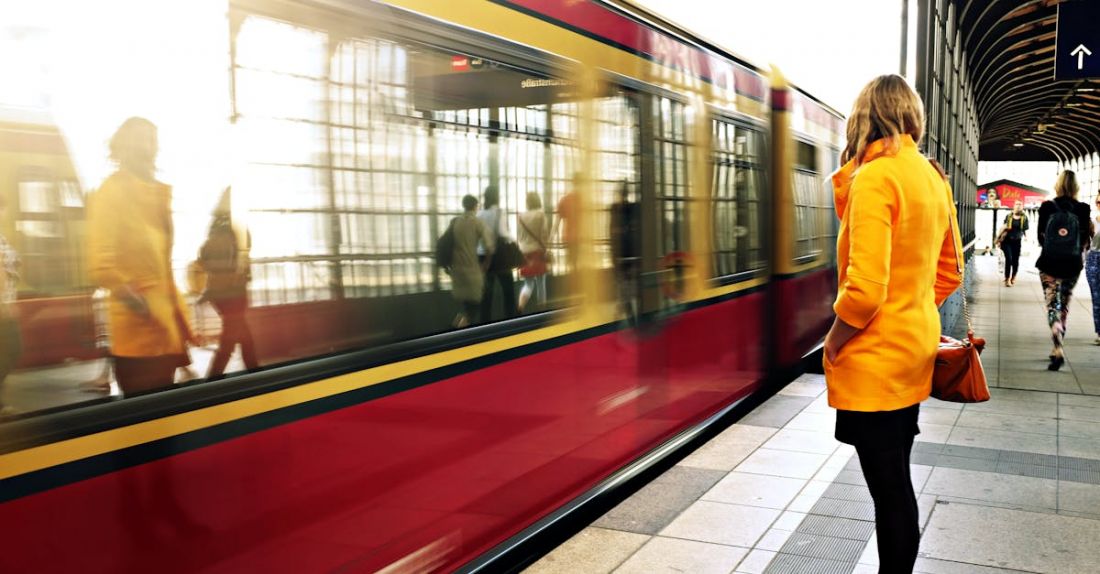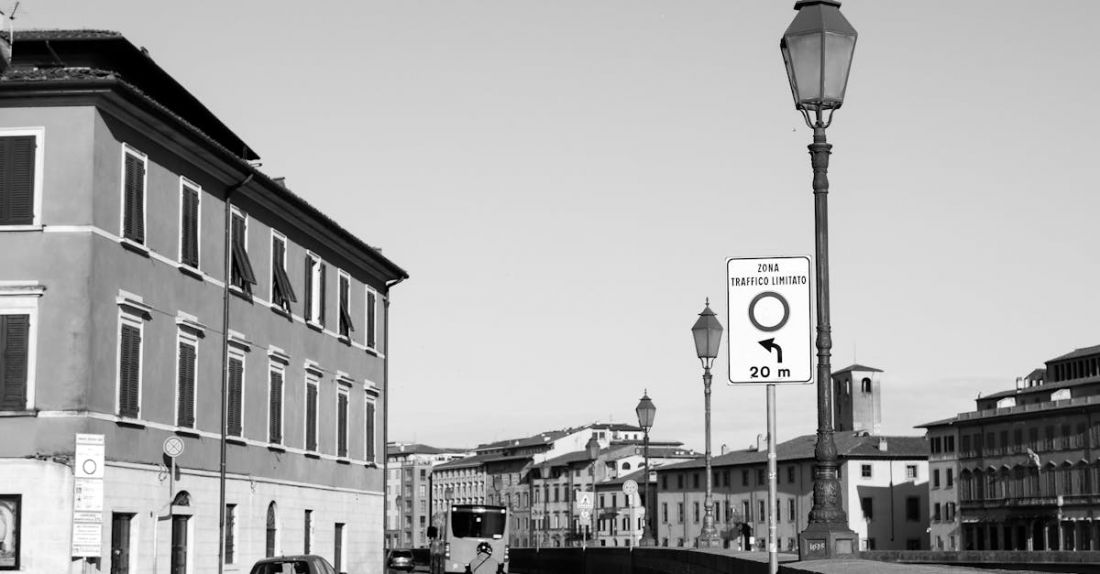
The hustle and bustle of city life often revolves around the constant movement of vehicles on the streets. However, as urban areas become more congested with traffic, pollution, and noise, many cities are turning to a different approach to improve the quality of life for their residents: car-free zones.
**Revitalizing Urban Spaces**
Car-free zones are designated areas within cities where motor vehicles are restricted or completely banned. By implementing these zones, cities can transform once traffic-congested streets into vibrant, pedestrian-friendly spaces. These zones not only provide a safe environment for people to walk and cycle but also offer opportunities for community engagement, outdoor activities, and cultural events. Revitalizing urban spaces in this way can enhance the overall quality of life for city residents.
**Promoting Sustainable Transportation**
One of the key benefits of car-free zones is the promotion of sustainable transportation options. By reducing the reliance on cars, cities can encourage people to use alternative modes of transportation such as walking, cycling, and public transit. This shift towards sustainable transportation not only helps to reduce carbon emissions and air pollution but also promotes physical activity and improves public health. Car-free zones can serve as a catalyst for a more sustainable and environmentally friendly urban transportation system.
**Enhancing Safety and Accessibility**
Car-free zones contribute to creating safer and more accessible urban environments. By limiting vehicle access, these zones reduce the risk of accidents and improve pedestrian safety. Families with children, elderly individuals, and people with disabilities can move around more freely in car-free zones without the fear of traffic hazards. Additionally, these zones make urban spaces more inclusive and accessible to everyone, regardless of their mobility limitations. By prioritizing pedestrian and cyclist safety, car-free zones help to create a more welcoming and accommodating city for all residents.
**Fostering Social Interaction**
Car-free zones play a significant role in fostering social interaction and community cohesion. These pedestrian-friendly spaces provide opportunities for people to gather, socialize, and connect with one another. By creating vibrant public spaces where people can meet, interact, and engage in various activities, car-free zones help to strengthen social bonds and build a sense of community. Whether it’s enjoying a leisurely stroll, attending a street performance, or simply sitting in a park, car-free zones offer a platform for people to come together and create shared experiences.
**Boosting Local Economy**
In addition to the social and environmental benefits, car-free zones can also have a positive impact on the local economy. By attracting more pedestrians and cyclists to the area, these zones can boost foot traffic for local businesses, restaurants, and shops. Increased pedestrian activity can lead to higher sales, improved visibility for storefronts, and a thriving local economy. Furthermore, car-free zones can attract tourists and visitors looking for unique urban experiences, contributing to the overall economic vitality of the city.
**Creating a More Livable City**
Overall, the implementation of car-free zones can help create a more livable city that prioritizes the well-being of its residents. By reimagining urban spaces as pedestrian-friendly environments, cities can improve air quality, reduce noise pollution, enhance safety, promote sustainability, and foster community engagement. Car-free zones offer a glimpse into a more sustainable and people-centered urban future where cities are designed with the needs and preferences of residents in mind. By embracing car-free zones, cities can take a significant step towards creating healthier, happier, and more vibrant urban environments for all.





